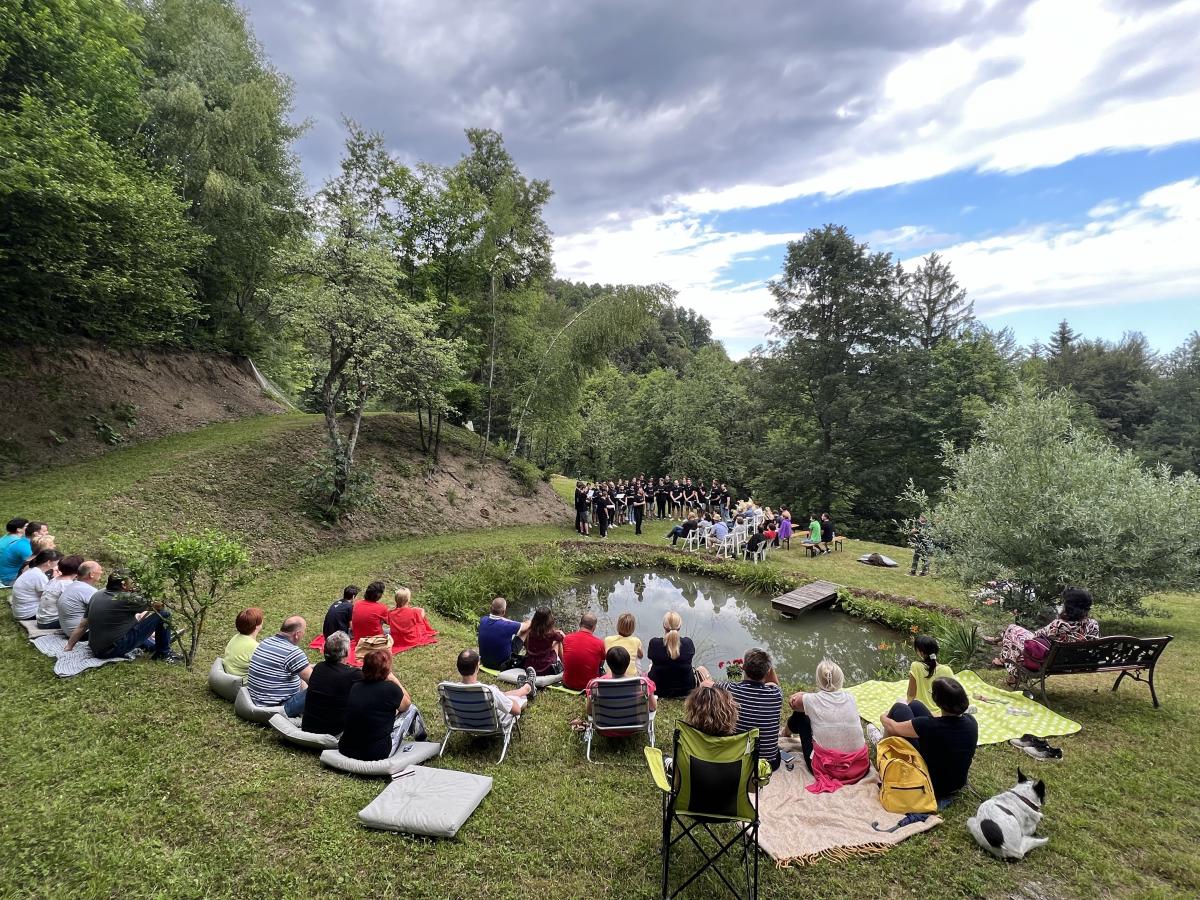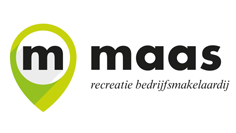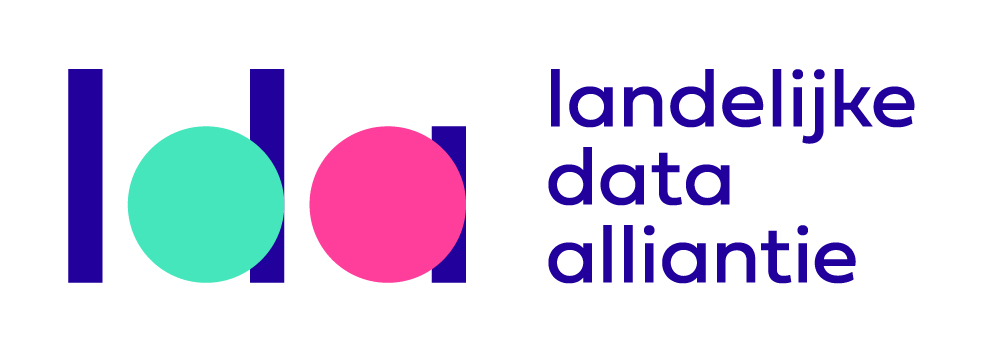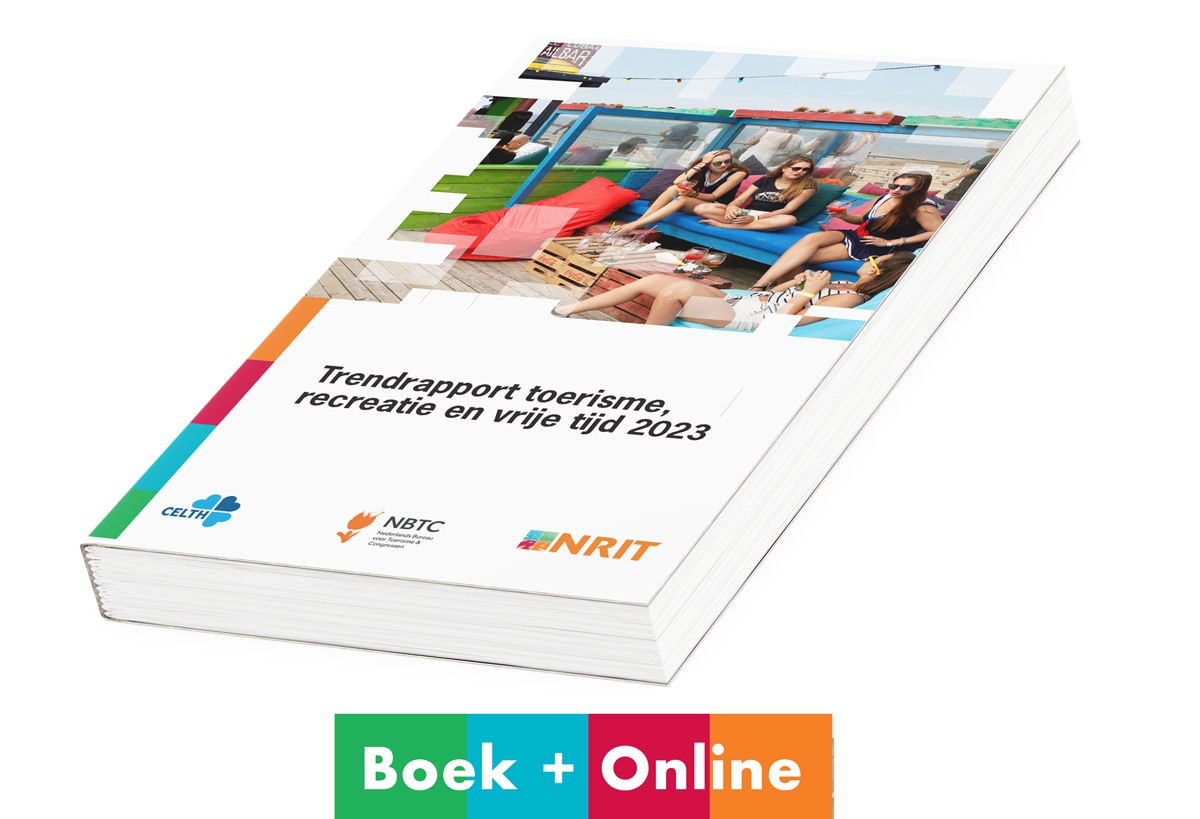Is Rural the new Urban?
Creative placemaking in the context of non-urban communities

Rural communities face a range of negative developments that continue causing the disappearance of remote village communities and the weakening of rural social structures on a global scale. The negative trends of ongoing depopulation and increased urbanisation, fuelled by the rapid and fundamental climate, social and cultural changes therefore threaten to destruct cultural traditions that have been transferred from generation to generation. But it took us a pandemic and global climate crisis to raise attention back to the roots of nature, reflected in the global pursuit of sustainability to ask ourselves whether rural is the new urban also when it comes to placemaking?
Matic Gajsek is a lecturer in Leisure and Event Management at Breda University of Applied Sciences and PhD candidate at Tilburg University.
Slovenia
It did take a family inheritance in rural Slovenia and the global pandemic for me to equally rethink and make a shift towards the immense beauty and inspiration that rural areas can give to an individual. Keen to create a platform that can empower the local community in the Kozjansko region, where our farm is situated, we have founded cultural residency Podlog pod Bohorjem. A non-profit that aims to become a cultural catalyst, using the power of culture and creativity as a driving force behind broader sustainable development of the community in this historically deprived region.
Globally, rural depopulation and increasing urbanisation continue at an alarming rate.
Objectives
The three-fold objective of the residency is to support the development as a cultural destination of both the residency and region of Kozjansko, stimulate economic development by following sustainable principles and lastly, create broader societal impact through capacity building and knowledge development (emphasis on cultural and creative tourism and circular economy). The residency is to serve as a catalyst, positively contributing to the creation of stronger intercultural dialogue and integration of the local community and region in the European context. It is the lack of access and immense curiosity of the local community which made us recognise the need for such a laboratory environment.
Creative placemaking in rural contexts
Exploring the topic of creative placemaking in rural contexts is significant in the light of rural-specific trends as well as ongoing fundamental social and cultural change. Global depopulation and urbanisation continue causing not only the disappearance of remote village communities and the weakening of social structures but also the destruction of the cultural capital rooted in the rich cultural traditions transferred from generation to generation (Johnson et al., 2019). Rural decline makes social and cultural capital even more critical concepts, as these are essential resources for wealth creation.
But when discussing the creation of wealth in non-urban areas, we cannot exclude the notion of natural capital – a significant asset for (cultural) amenity-poor rural communities. And it is the natural capital that has gained public and policy attention, visible through the global pursuit of sustainability. Global consent that would therefore place cultural capital as one of the central pillars, side by side with ecological, social and economic sustainability (Cerisola, 2019).
Rural communities face the challenge of limited development possibilities, and tourism presents an apparently simple approach to stimulating the local economy (Dupre, 2018). A simple approach, which was deployed in our region by EU development grant schemes. But it is "when a transmission channel between the cultural heritage and economic performance is hypothesized, this is exclusively cultural tourism” (Cerisola, 2019). UNWTO’s broader definition of cultural tourism, encompassing numerous dimensions of creativity and contemporary culture, furthermore indicates the ongoing integration of cultural tourism and creative economy (Richards, 2020).
Despite extensive academic and policy discussion about approaches to stimulate urban and rural regenerations (Richards, 2020), traditional approaches continue to emphasise culture-led regeneration or economic geography approaches based on cultural clusters (Edensor et al., 2009). It is the use of creativity and creative class for economic recovery (Florida, 2002) that has received an uncritical acceptance by policymakers around the globe, joining the race in the creation of urban hot spots. Promotion of creative clusters, networks and cosmopolitan neighbourhoods and the preconditions for the influx of the creative class, however, privilege only a specific creativity notion. Hence, it is timely to challenge the hierarchical ordering negatively translating into predominantly championing specific urban development forms (Edensor, 2009), also into the context of rural creativity strategies.
Synergies between creativity and tourism do not only provide a new diversification strategy, but also an expansion of the creative economy.
From cultural tourism to creative tourism and placemaking
With events and architectural highlights becoming tools for increasing the vibrancy of places, attracting the creative class and tourists, and strengthening spatial identity, there is a growing interlink between creativity and tourism. Synergies that provide both a new diversification strategy and an expansion of the creative economy, depending on the mix of assets, skills and knowledge. This represents a transition from "the conventional mode of traditional heritage-based cultural tourism towards the new models of creative tourism centred on creativity, innovation and intangible content” (Richards, 2014: p.7). Expanding the scope from heritage-based tourism towards creativity-based tourism furthermore enables a symbiotic relationship between cultural tourism and creative economy, where tourism gains with added symbolic value generated by creativity and broader creative industries benefit from increased tourism.
"Creative tourism is a form of networked tourism, dependent on the ability of producers and consumers to relate to each other and generating value from their encounters. Creative tourists are ‘cool hunters’ in search of creative ‘hot spots’ where their own creativity can feed and be fed by the creativity of those they visit” (Richards et al., 2014 p. 10). The encounters-seeking creative tourist therefore also assumes the role of creative migrant, acting as an external actor connecting the local community and furthermore increasing their set of skills, knowledge and creative status (Janc et al., 2020).
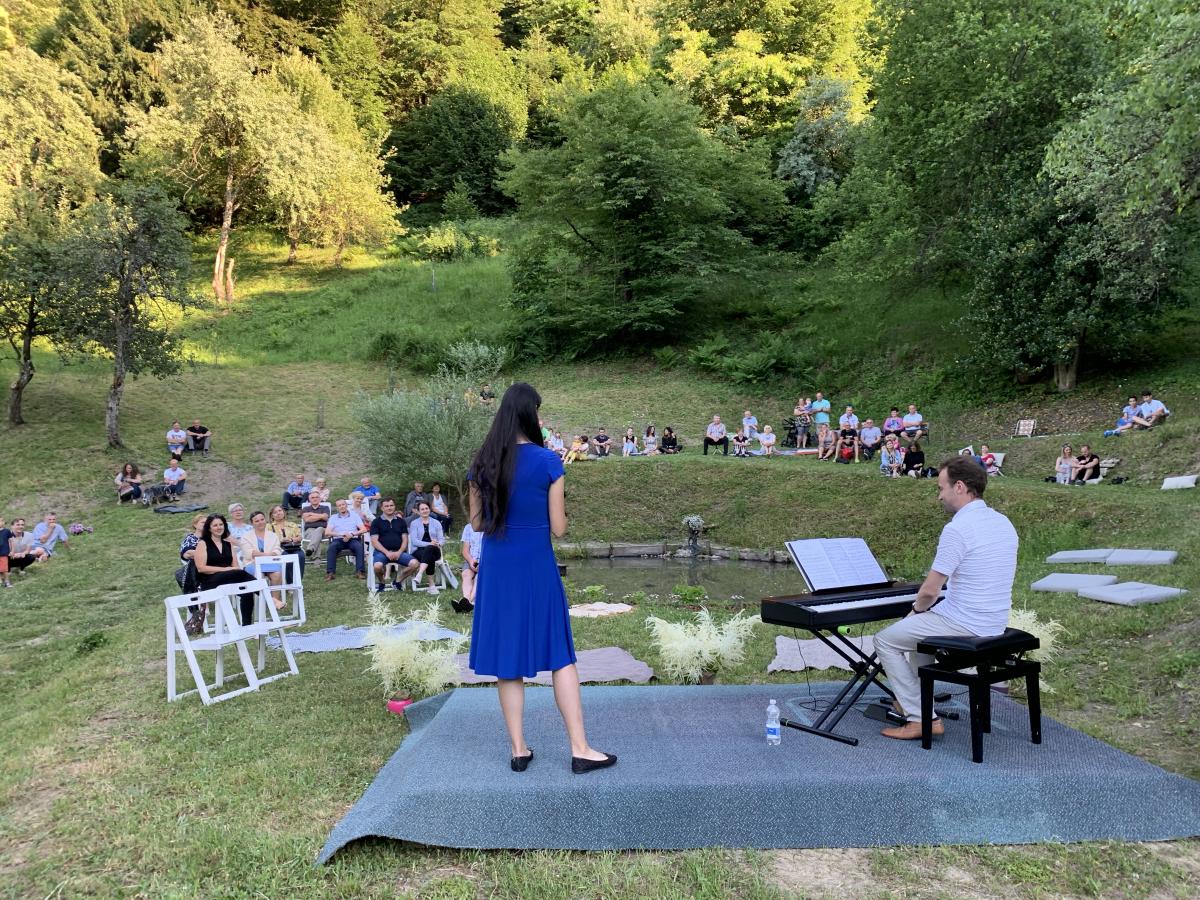
"Placemaking as a concept describing the intentional process of activating new or existing public spaces to create that emotional connection” (Ball, 2014, p. 2) is in its essence about the "strategic shaping of physical and social character of neighbourhood, town, city or region around arts and cultural activities” (Markusen et al., 2014, p.3). Taking different forms, placemaking includes private and public space activation by means of programming, design, community empowerment, art, marketing and structural rejuvenation, improving local business viability or public safety, etc. Placemaking is both contextual and situational, and any placemaking project therefore requires the ‘unique recipe’ based on the needs of the community or specific location. But both the community and specific location remain under-investigated in cases of rural proximities.
Even at the European cultural policy, rural communities fall short when competing against urban metropolises or even smaller cities.
The criticism of creative placemaking generating ‘philanthropic routes to gentrification’ represents a true challenge, specifically in the resources-poor rural context. Acknowledgement and consideration of urban bias remain visible both in academic and policy spheres. When European cultural policy is looked at, rural communities fall short when competing against urban metropolis or even smaller cities, due to a lack of access and resources. And as in the case of the Kozjansko region, tension is emerging due to the lack of resources of local communities and increased incoming investments by external actors.
Sources
- Ball, R. (2014). Economic development: it’s about placemaking. European Business Review, 19.
- Cerisola, S. (2019). Cultural heritage, creativity and economic development. Edward Elgar Publishing.
- Dupre, Karine. (2018). Trends and gaps in place-making in the context of urban development and tourism: 25 Years of Literature Review (2018). Journal of Place Management and Development.
- Edensor, T., Leslie, D., Millington, S., & Rantisi, N. (2009). Imagining the spatialities of music production: the co-constitution of creative clusters and networks. Bas van Heur. In Spaces of Vernacular Creativity (pp. 120-129). Routledge.
- Florida, R. (2002). The economic geography of talent. Annals of the Association of American geographers, 92(4), 743-755.
- Janc, K., Raczyk, A., & Do?zb?asz, S. (2020). Not only in cities: Creative activities in rural areas with a case study of Lower Silesia. Quaestiones Geographicae, 39(2).
- Johnson, T. G., & Wornell, E. (2019). The Rural Differential: A Literature Review at the Nexus of Arts & Culture, Creativity, Entrepreneurship, and Innovation.
- Markusen, A., & Nicodemus, A.G. (2014). Creative placemaking: how to do it well. Community Development Investment Review, 2, 35-42.
- Richards, G. (2014). OECD Studies on Tourism Tourism and the Creative Economy. 10.1787/9789264207875-en.
- Richards, G. (2020). "Designing creative places: The role of creative tourism." Annals of tourism research 85: 102922.
